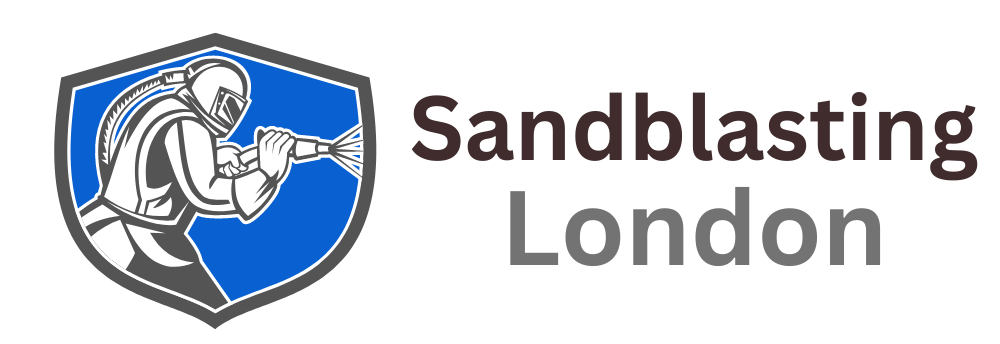How to Know If a Surface Needs Professional Sandblasting Service
When maintaining metal, wood, or stone surfaces, knowing when to invest in sand blasting can save time, money, and frustration.
Sandblasting is a process that uses high-pressure abrasive materials to clean, smooth, or prepare a surface for coatings. However, not every surface needs this treatment. Understanding the signs that a surface requires sand blasting ensures that you achieve the best results while avoiding unnecessary work.
Signs of Surface Wear and Damage
The first step in assessing whether a surface needs sand blasting is a careful visual inspection. Surfaces that show signs of rust, corrosion, peeling paint, or pitting are strong candidates. For example, metal structures exposed to outdoor conditions often develop oxidation that weakens the integrity of the material. Wood surfaces may become rough or uneven due to age or weathering, while stone can accumulate layers of dirt, moss, or lichen.
If a surface appears uneven or has noticeable damage, sandblasting can help restore its original condition. It removes old coatings, rust, or grime, providing a smooth and uniform base for repainting, sealing, or other finishing treatments. Ignoring these signs can lead to further deterioration, making restoration more challenging and expensive later on.
Surface Contamination
Contaminants on a surface—such as grease, oil, or residues from previous coatings—can prevent paints or protective layers from adhering properly. Identifying these issues early is essential. If a surface is visibly grimy, sticky, or has stubborn stains that regular cleaning methods cannot remove, sand blasting may be necessary.
Sandblasting is particularly effective in these situations because it penetrates and cleans surfaces in ways that conventional scrubbing cannot. By removing contaminants and preparing the material for a fresh coating, sand blasting ensures that the applied finishes last longer and maintain their appearance. Using professional expertise ensures that the process is safe and suitable for the type of surface being treated.
Material Type and Surface Hardness
Different materials react differently to wear, damage, and cleaning methods. Metal, for instance, can endure high-pressure sand blasting without losing structural integrity, while softer materials like certain woods or historical stonework may require more careful handling. Understanding the hardness and composition of your surface helps determine if sand blasting is appropriate.
Certain items, such as automotive parts, industrial machinery, or marine equipment, benefit from sand blasting because it prepares surfaces for repainting or restoration. Conversely, delicate surfaces may require gentler cleaning methods to avoid accidental damage. Matching the sand blasting approach to the material ensures safety and long-term effectiveness.
Project Size and Location Considerations
The scale and location of a project also influence the decision to sandblast. Smaller items or surfaces in hard-to-reach places may be best addressed using a portable sandblaster, which allows for mobility and precision without moving large equipment.
On larger projects, especially those at commercial or industrial sites, mobile sandblasting units can come to your location, providing professional treatment on-site efficiently.
Many businesses or individuals prefer to hire sandblasting services for these tasks, as professionals have the equipment and expertise to manage projects safely, quickly, and with minimal disruption. Even if a surface appears suitable for DIY sand blasting, professional input often ensures the best finish and long-term protection.
For those searching locally, terms like sandblasting near me can help identify reliable companies in your area. Local services often understand specific regional conditions, such as humidity or coastal exposure, which can influence the effectiveness of sand blasting treatments.
Safety and Environmental Indicators
Safety is another critical factor when deciding whether a surface needs sand blasting. Corroded metal handrails, oil-contaminated machinery, or flaking paint on ships can pose hazards to workers or the environment. Surfaces showing these signs are clear candidates for professional cleaning.
Neglected surfaces can fail inspections, accelerate wear, and create unsafe conditions. Sand blasting removes hazardous materials like rust, scale, or old coatings, reducing risk and improving the overall safety of the environment. In industrial and marine settings, maintaining surfaces through proper sand blasting practices is often a regulatory requirement as well as a best practice.
Determining if a surface requires sand blasting comes down to careful inspection, understanding the type of material, recognising signs of damage or contamination, and considering the scale and location of the project. Rust, peeling paint, grease, and structural wear all indicate that sand blasting may be the most effective solution. Professional assessment ensures that the process is safe, precise, and suitable for your specific surface, whether for restoration, maintenance, or preparation for coatings.
At
Sandblasting London, we provide reliable, professional, and efficient sand blasting solutions for a wide range of industries, including construction, automotive manufacturing, marine shipbuilding, oil and gas, metal fabrication, and restoration. Our team has the expertise and equipment to handle projects of any scale, using methods tailored to your surface type and project requirements. We prioritise safety, quality, and customer satisfaction, ensuring that every project is completed to the highest standard.
Update on X: Professional
sandblasting services – how to know if your surface needs one!
